Home \ International \ Wirtgen: Concrete removal by cold milling at Leipzig/Halle Airport
Wirtgen: Concrete removal by cold milling at Leipzig/Halle Airport
23/01/2023
Pubblicato da Ettore Zanatta
Fifteen Wirtgen cold milling machines take on one of the world’s biggest ever milling projects.
The renovation of Leipzig/Halle Airport required the complete removal of over two miles of runway as well as the connecting taxiways in under 30 days. 350,000 metric tons of extremely hard concrete reinforced with steel mats (Continuously Reinforced Concrete Pavement - CRCP) were removed in the course of the cutting process. To complete such a large project, the contracting company used powerful machines from Wirtgen’s W 250 Fi class with special modified milling drums.
It was necessary to completely remove the north-side runway due to “concrete cancer,” an alkali-silica reaction also found in older motorways, which irreparably destroys the concrete from within. A project of this magnitude requires high-performance machines and optimal cutting tools for the milling drum. With over 1,000 hp, the Wirtgen W 250 Fi class always has sufficient power reserves. The large milling machines were equipped with additional weights in order to exploit their full performance potential in the cutting process. The higher operating weight leads to greater traction of the track units and optimal cutting performance of the milling drum. The large milling machines for the Leipzig Airport project were also fitted with ECO milling drums and special picks. ECO milling drums have up to 50 percent fewer picks at larger tool spacings than standard milling drums. Using fewer cutting tools reduces cutting resistance, which also makes it possible to mill harder concrete pavements.
The powerful milling fleet removed 350,000 metric tons of concrete within just 30 days. This means that each machine had to mill off an average of over 1,100 t of concrete a day. The first step was to remove the concrete surface in layers as quickly as possible. After this, machines with extremely accurate 3D levelling technology on-board were used to mill to the specified target height, achieving an optimal base for subsequent resurfacing.
Concrete milling is an established technology worldwide and Wirtgen has successfully applied it in many projects. The removal of concrete reinforced with tie bars, dowels, and steel mats is also possible. Additionally, selective removal enables the separation of concrete layers with different properties, thereby reducing contaminated material. A further benefit: In most cases, milled concrete can be recycled without any further treatment.
Even the granulated concrete generated by the airport project in Leipzig was 100% reused as valuable recycled building material. After being stored temporarily near the building site, it was used in later renovation stages for the roadbed of the new runway. The short truck transport routes and minimal need for new material ensured a very low carbon footprint. On top of this, the Wirtgen cold milling machines themselves offered a broad spectrum of environmentally-friendly machine technologies. Consumption-optimised speed ranges in milling mode controlled by Wirtgen Mill Assist and engine-temperature-controlled fan speeds, for example, help protect the environment and conserve valuable resources. Automatic activation and deactivation of the water spraying system and water metering dependent on milling performance considerably reduce water consumption.
To ensure a smooth process, project planning began far in advance. Practical application tests were conducted as early as eight months prior to the start of the job. This enabled precise consumption estimates for picks and other wear parts and the procurement of sufficient replacement stock that was stored at the site, minimizing machine idle times for pick change and maintenance and assuring maximum productivity. The large-scale runway rehabilitation project at Leipzig/Halle Airport was successfully completed within the allotted timeframe, and the groundwork for this success was the timely removal of the concrete as well as the optimal milling results.
Project and Branch Manager Bernhard Fischer from Kutter, the construction company leading the project, expressed his satisfaction with its successful completion: “In contrast to milling in asphalt, the extreme hardness of this concrete meant that we had to use slower milling speeds. The wear on the milling tools was also significantly higher. The additional costs of increased wear on material were more than compensated for by the rapid progress we made and the precision of the results. The removal of the concrete by cold milling was the ideal method for this project.”

Ultime notizie di Wirtgen Macchine

Earthmoving Machinery
21/11/2024
Kleemann: New compact crusher used for recycling
Impact crusher MOBIREX MR 100i NEO impresses during operatio...

Road Machinery
04/11/2024
Wirtgen: Widening of the Ruta 5 highway from Montevideo to the Brazilian Border
Efficient concrete paving solutions from Wirtgen ensure the...
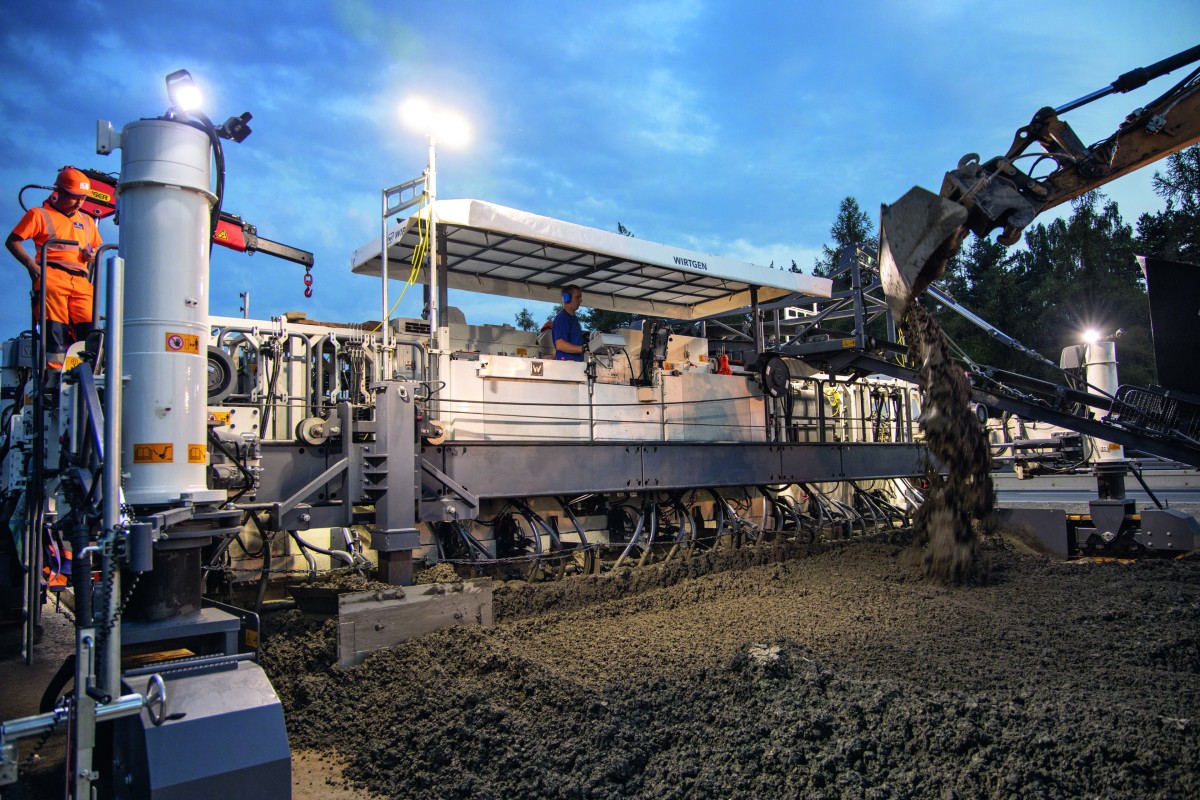
Road Machinery
31/10/2024
Wirtgen: Concrete paving with inset slipform pavers
Wirtgen has been offering machines for inset slipform paving...
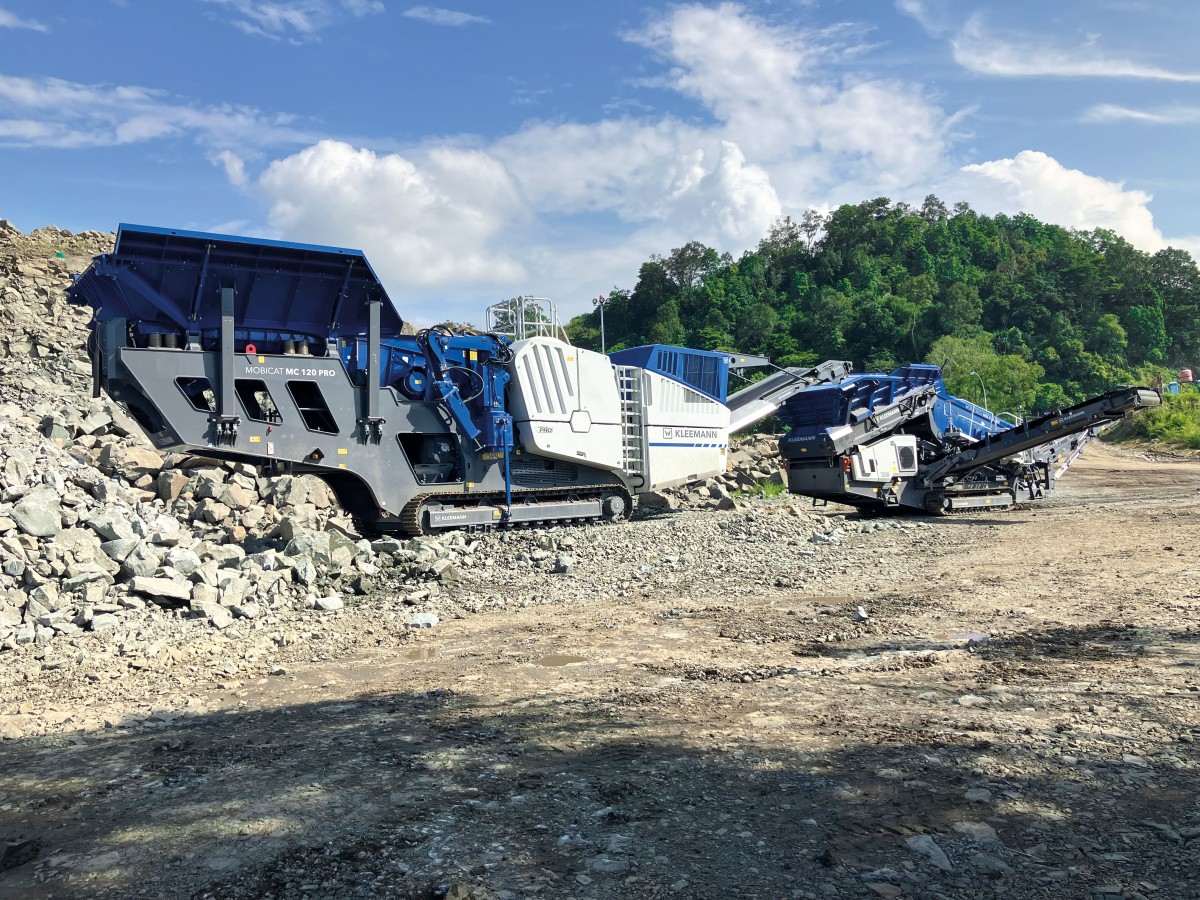
Earthmoving Machinery
28/10/2024
Kleemann: Andesite processing in Indonesia
A MOBICAT MC 120 PRO and a MOBISCREEN MSS 802 EVO are deploy...
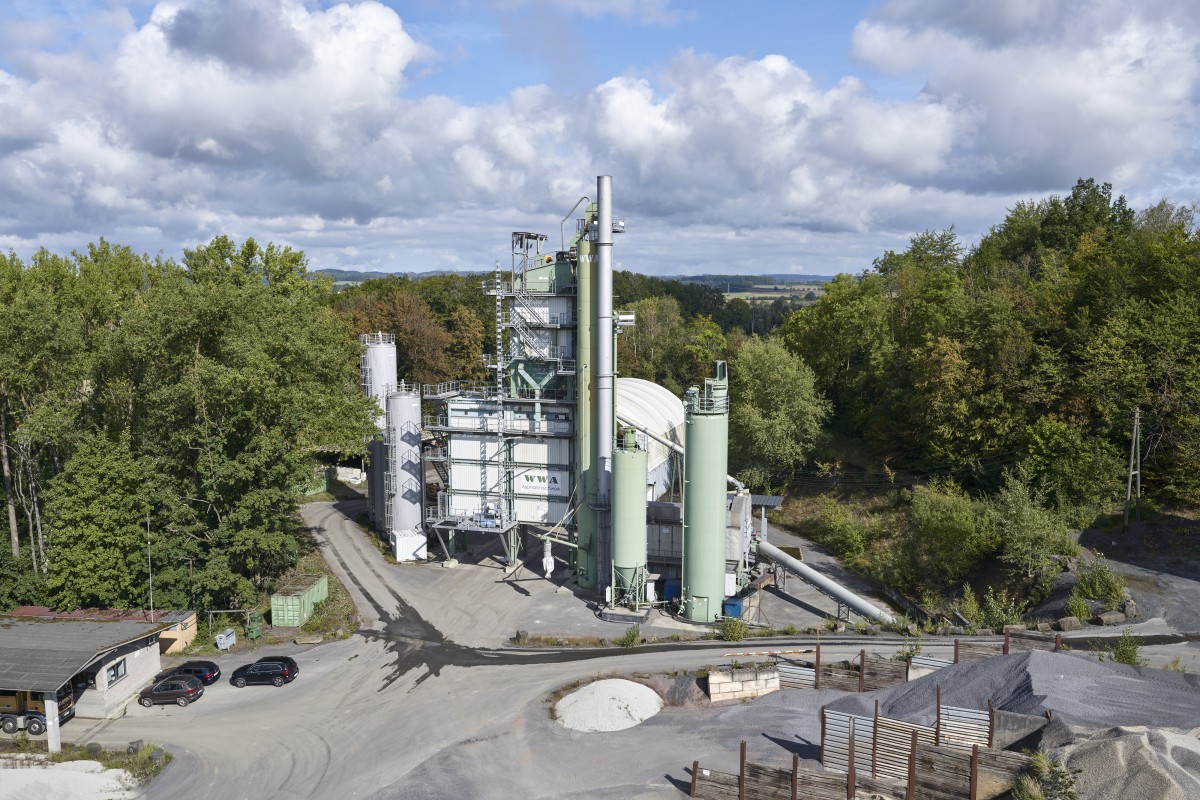
Earthmoving Machinery
24/10/2024
Benninghoven's REVOC system proven in practice
The REVOC Retrofit solution has been installed at an existin...
Road Machinery
01/10/2024
The Wirtgen Group at Paving Expo 2024
The Wirtgen Group presents groundbreaking technologies at Pa...
Altri International
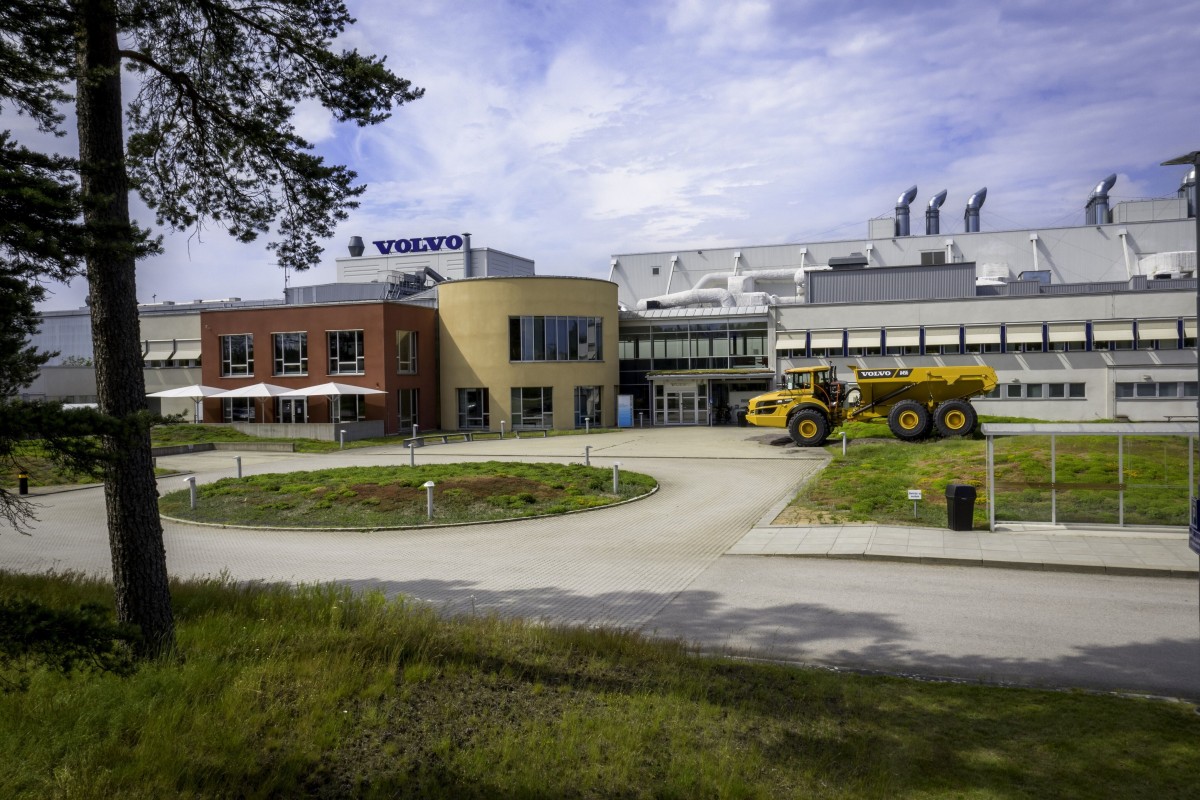
International
27/11/2024
Home of Volvo Construction Equipment’s pioneering articulated haulers advances to Climate Efficient Site
As one of the construction industry’s most active drivers of...
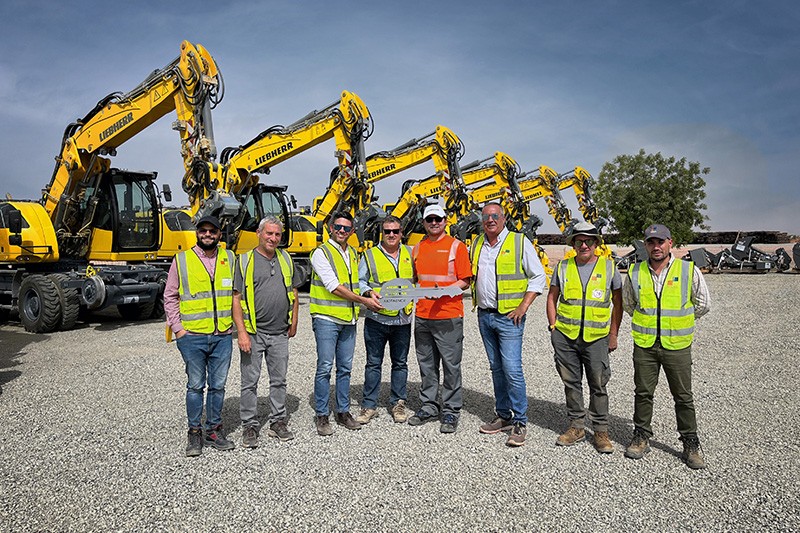
International
26/11/2024
Mota-Engil orders 10 Liebherr railroad excavators for a major project in West Africa
The Portuguese construction company Mota-Engil has once agai...
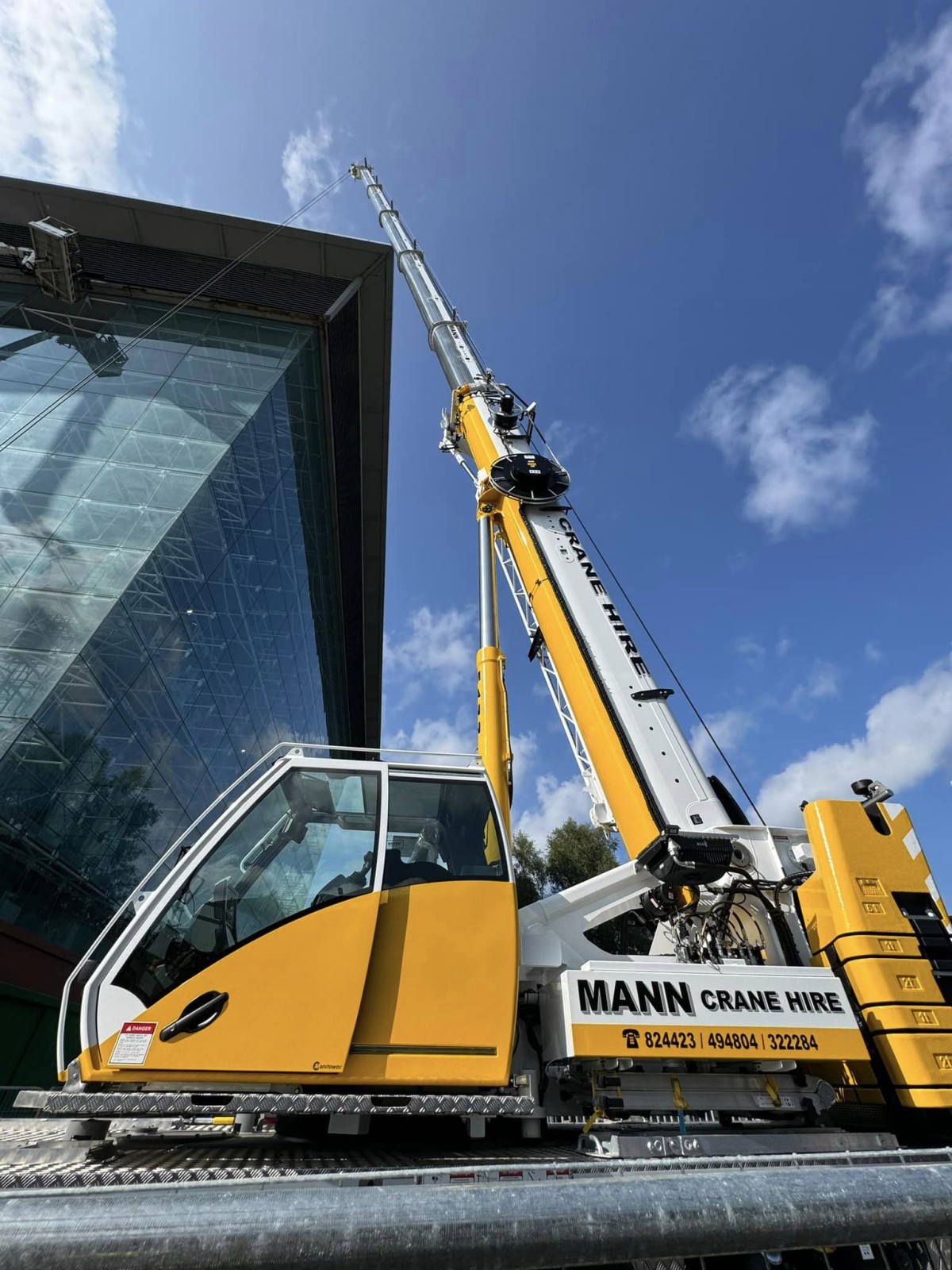
International
25/11/2024
New Grove GMK3060L-1 drives busy schedule for Mann Crane Hire
• Mann Crane Hire selected the GMK3060L-1 for its class-lead...
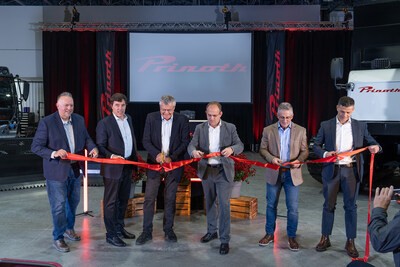
International
25/11/2024
Prinoth Unveils Expanded Production Facility in Granby, Canada
Prinoth held an event to announce the official opening of it...

International
23/11/2024
GPMat International takes delivery of two Raimondi T147s residential development in the South of France
- Official agent of France expands its product lineup with t...

International
22/11/2024
Sarens acquires additional SCHEUERLE SPMT K24 modules
renowned for its expertise in crane rental services, heavy l...










































